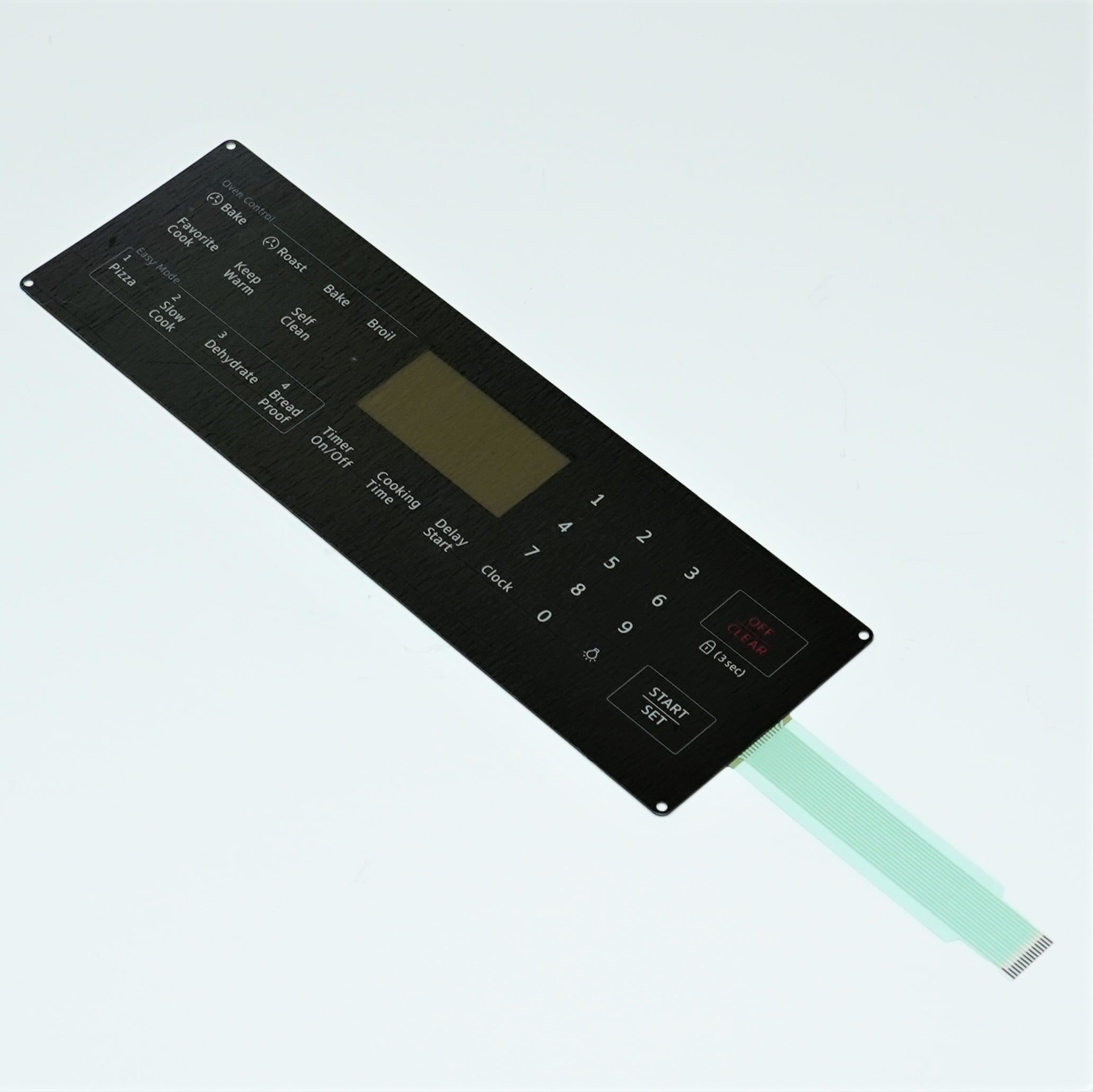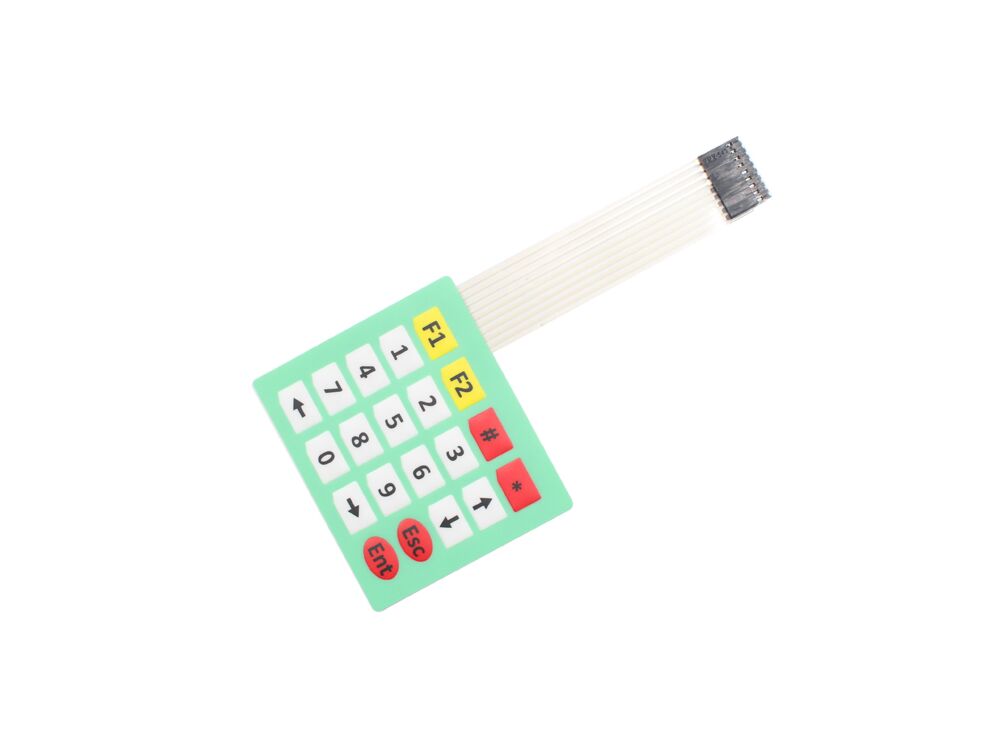How Membrane Switches Are Shaping the Future of Electronic Interfaces
How Membrane Switches Are Shaping the Future of Electronic Interfaces
Blog Article
Recognizing Membrane Layer Switches: The Trick to Durable and Reliable Controls
What Are Membrane Layer Switches?
Membrane switches are a sophisticated option in the world of interface technology, combining performance and layout effortlessly. These devices function as a user interface between customers and electronic systems, integrating several elements into a compact layout. Generally created from versatile, slim layers of materials, membrane buttons are developed to react to touch, enabling users to connect with equipment and digital devices effectively.
The primary aspects of a membrane layer switch include a published circuit layer, graphic overlay, and a spacer layer that avoids unintended activation. The graphic overlay can be personalized to show brand identity or customer preferences, improving aesthetic appeals while making sure use. Membrane switches are generally utilized in various applications, consisting of clinical devices, customer electronic devices, and industrial equipment, owing to their durability and resistance to environmental aspects such as wetness and dirt.
Among the essential advantages of membrane layer switches is their capacity to hold up against damage, making them optimal for high-traffic settings. Furthermore, they are lightweight and need very little area, enabling ingenious layouts in product growth. Overall, membrane switches represent a useful and effective choice for contemporary digital user interfaces, weding modern technology with user-centric style concepts.
How Membrane Layer Switches Job
The procedure of membrane layer switches depend upon an easy yet effective device that converts customer input right into electronic signals. These buttons contain numerous layers, typically consisting of a graphic overlay, a spacer layer, and a circuit layer. When a user presses the button, the top layer deforms, permitting a conductive component in the circuit layer to reach a corresponding conductive pad on the bottom of the visuals overlay. This contact closes the circuit and sends out a digital signal to the gadget, indicating that the switch has actually been triggered.
The style of membrane layer buttons can vary, yet they frequently integrate domes or responsive components to offer feedback to the customer, boosting the overall experience - membrane switch. The products used in membrane layer buttons, such as polyester or polycarbonate, add to their resilience and resistance to ecological elements, including dampness and dirt. The published circuits are normally enveloped, which safeguards them from wear and tear over time.
Benefits of Membrane Buttons

Furthermore, membrane layer switches are understood for their resilience. Constructed from durable materials, they are resistant to dust, dampness, and physical wear, which dramatically extends their life expectancy contrasted to standard mechanical buttons. This toughness makes them particularly ideal for high-traffic settings and applications needing long life.
Another considerable advantage is the ease of cleansing and maintenance. The smooth surface area of membrane layer changes lessens dust visit this site accumulation and is typically unsusceptible spills, making them suitable for settings that call for constant sanitization.
Additionally, membrane layer buttons provide a streamlined account, leading to a thinner layout that can be incorporated right into different gadgets without adding mass. This feature not just improves the aesthetic allure but likewise contributes to an extra ergonomic item design.
Applications of Membrane Layer Switches
User-friendly and functional, membrane switches find applications across a large range of sectors, consisting of medical devices, customer electronics, and commercial tools. In the clinical field, these switches are integral to devices such as diagnostic tools, patient tracking systems, and mixture pumps, where integrity and simplicity of cleansing are essential. Their capability to maintain and withstand rough environments capability makes them perfect for such applications.

In consumer electronic devices, membrane layer buttons are used in products like microwaves, cleaning devices, and remotes - membrane switch. Their streamlined layout permits intuitive interface, improving the total user experience while offering longevity and resistance to tear and wear
Industrial tools additionally gains from membrane buttons, particularly in control panels for equipment and automation systems. These buttons use defense against dirt and dampness, ensuring regular performance in difficult settings. Their customizable functions allow manufacturers to tailor them to details functional needs, boosting effectiveness and functionality.
Choosing the Right Membrane Switch
When selecting a membrane button, it is necessary to consider numerous factors that influence performance and viability for certain applications. The key considerations consist of environmental conditions, responsive feedback, toughness, and style specifications.
First, evaluate the operating setting; buttons revealed to dampness, chemicals, or extreme temperatures require details products to ensure longevity Learn More Here and performance. Next off, assess the requirement for responsive feedback. Depending upon customer communication, some applications might take advantage of a responsive feedback to validate activation, while others may choose a non-tactile design for visual factors.
Resilience is another important factor; membrane buttons should be created to withstand frequent usage, influences, and abrasion. Make certain the chosen button can sustain the expected lifecycle, especially in high-usage scenarios.

Conclusion
In final thought, membrane layer changes serve as important components in the design of trustworthy and resilient control systems throughout numerous markets. The convenience of membrane switches over permits for tailored options that meet details operational requirements, strengthening their importance in modern-day innovation.
Membrane switches over stand for an important element of contemporary user interface style, mixing functionality with resilience in different applications.Membrane buttons are an innovative service in the realm of user interface modern technology, integrating capability and design seamlessly. Usually built from adaptable, thin layers of products, membrane layer buttons are designed to respond to touch, allowing individuals to communicate with equipment and digital tools effectively.
The layout of membrane layer switches can differ, but they frequently incorporate domes or tactile aspects to supply feedback to the customer, enhancing the total experience.In verdict, membrane switches over offer as vital parts in the layout of durable and trustworthy control systems throughout various industries.
Report this page